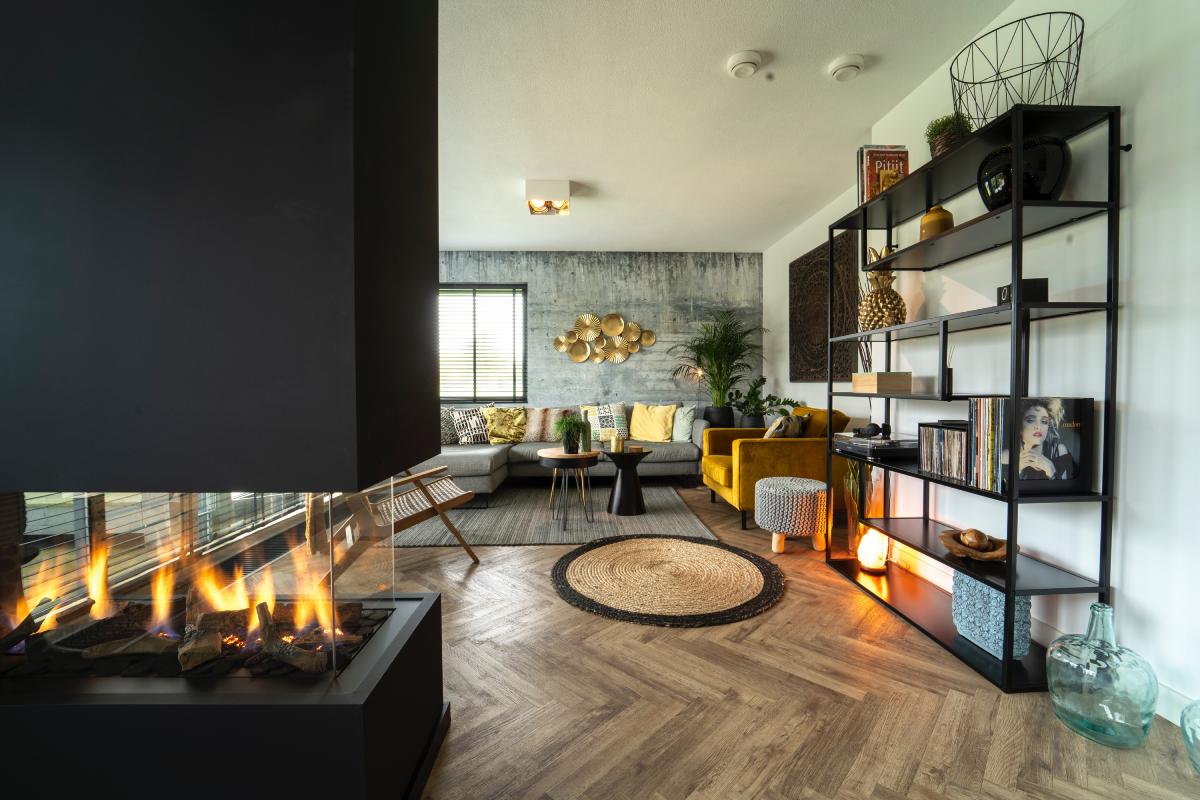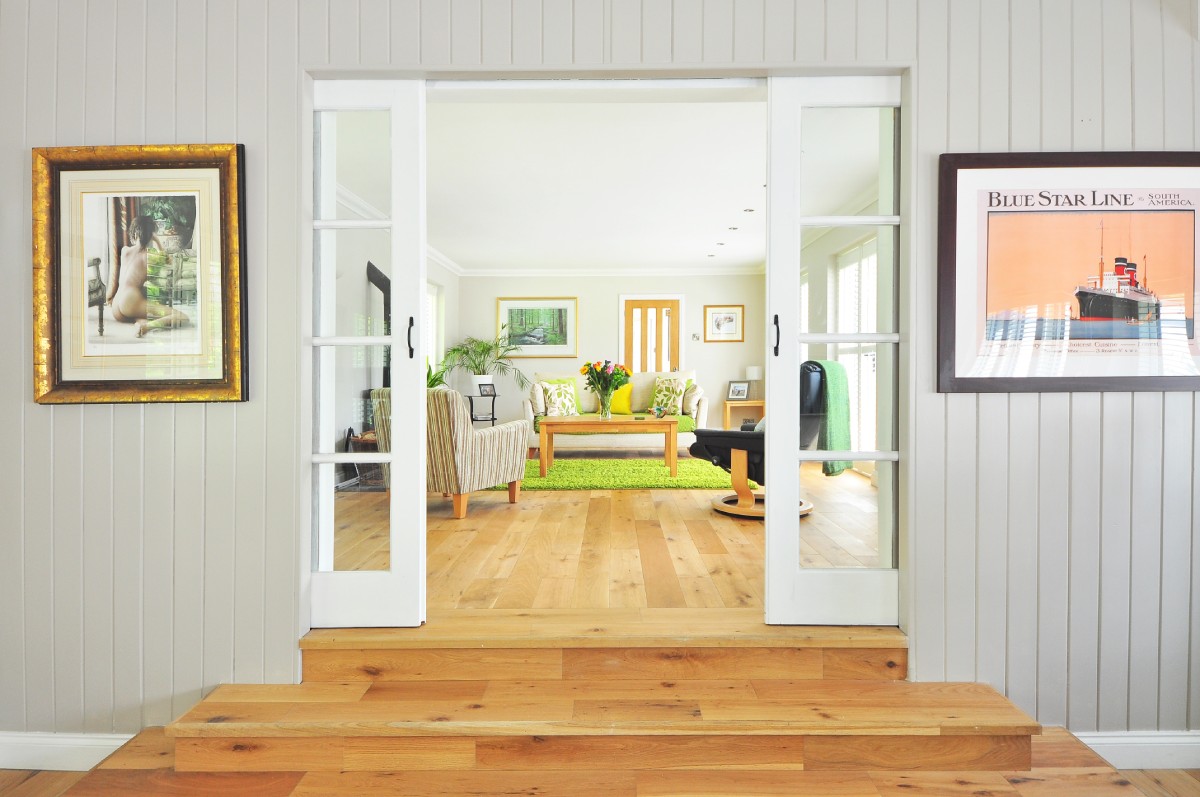Introduction
In today’s world, where the need for sustainable practices has become increasingly vital, the way we heat and cool our homes plays a significant role. This section provides a brief explanation of the importance of sustainable heating and cooling in homes, along with an overview of the environmental impact associated with traditional heating and cooling methods.
Importance of Sustainable Heating and Cooling
Sustainable heating and cooling solutions are essential for creating homes that are not only comfortable but also environmentally friendly. Traditional heating and cooling methods heavily rely on fossil fuels, contributing to greenhouse gas emissions and exacerbating climate change. By adopting sustainable alternatives, we can reduce our carbon footprint, minimize our reliance on finite resources, and contribute to a cleaner and healthier planet.
Sustainable heating and cooling systems offer numerous benefits beyond environmental impact. They can lead to significant energy savings, lower utility bills, and increased energy independence for homeowners. By embracing sustainable solutions, we can create a more resilient and efficient home environment while enjoying the long-term economic advantages of reduced energy consumption.
Environmental Impact of Traditional Methods
Traditional heating and cooling methods, such as fossil fuel-based furnaces and air conditioning systems, have significant environmental consequences. These methods release greenhouse gases, such as carbon dioxide and methane, into the atmosphere, contributing to global warming and climate change. The extraction, transportation, and combustion of fossil fuels also result in air and water pollution, further degrading our ecosystems.
Moreover, traditional methods often involve the depletion of finite resources, such as natural gas and oil, which are not only environmentally harmful but also subject to price volatility and geopolitical conflicts. As we continue to deplete these resources, finding sustainable alternatives becomes even more imperative to ensure the long-term well-being of our planet and future generations.
Sustainable Heating Solutions
In this section, we will explore sustainable heating solutions that offer efficient, eco-friendly alternatives for homes. These renewable energy-based systems harness the power of natural resources to provide warmth while minimizing environmental impact.
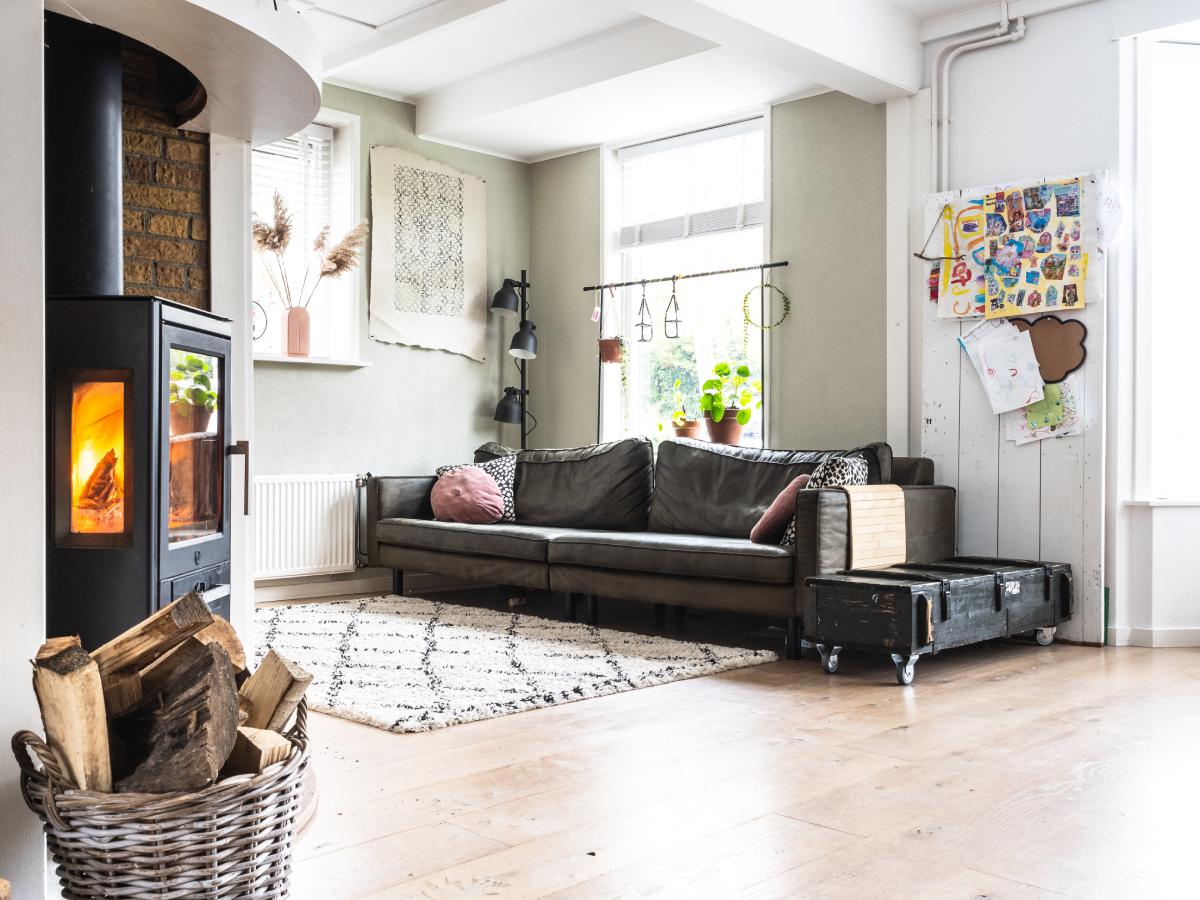
Introduction to Renewable Energy-Based Heating Systems
Renewable energy-based heating systems utilize clean and sustainable sources of energy to warm our homes. Unlike traditional heating methods that rely on fossil fuels, these systems tap into renewable resources such as the sun and the earth’s heat. By harnessing these abundant and naturally replenishing energy sources, we can significantly reduce our carbon footprint and dependence on non-renewable resources.
Benefits of Solar Heating and Geothermal Heating
Solar heating systems utilize the sun’s energy to generate heat for residential spaces. These systems typically consist of solar collectors that absorb sunlight and transfer it to a heat transfer fluid, which then circulates through the building, providing warmth. Solar heating offers numerous benefits, including reduced energy costs, decreased reliance on fossil fuels, and a virtually unlimited supply of renewable energy.
Geothermal heating, on the other hand, capitalizes on the earth’s natural heat to warm homes. This method involves extracting heat from the ground or underground water through a network of pipes and using it to provide heating. Geothermal systems are highly efficient, reliable, and environmentally friendly, as they produce no direct emissions and operate consistently regardless of outdoor temperature. They also offer long-term cost savings and can be integrated with cooling systems for year-round comfort.
Exploring Efficient Heat Pump Systems
Heat pump systems are another efficient and sustainable heating solution for homes. These systems work by extracting heat from the air, ground, or water and transferring it indoors to warm the living space. Heat pumps can provide both heating and cooling capabilities, making them versatile and energy-efficient. They operate by moving heat rather than generating it, resulting in significant energy savings compared to traditional heating methods.
Advanced heat pump technologies, such as air-source heat pumps and ground-source heat pumps, are designed to deliver exceptional performance while minimizing energy consumption. These systems can extract heat even from cold outdoor air or the earth, making them suitable for various climates. By using heat pumps for heating, homeowners can reduce their reliance on fossil fuels, lower their energy bills, and contribute to a more sustainable future.
Sustainable Cooling Solutions
In this section, we will explore sustainable cooling solutions that prioritize energy efficiency and environmental consciousness. These alternatives to traditional air conditioning systems aim to keep homes cool while reducing energy consumption and minimizing the carbon footprint.
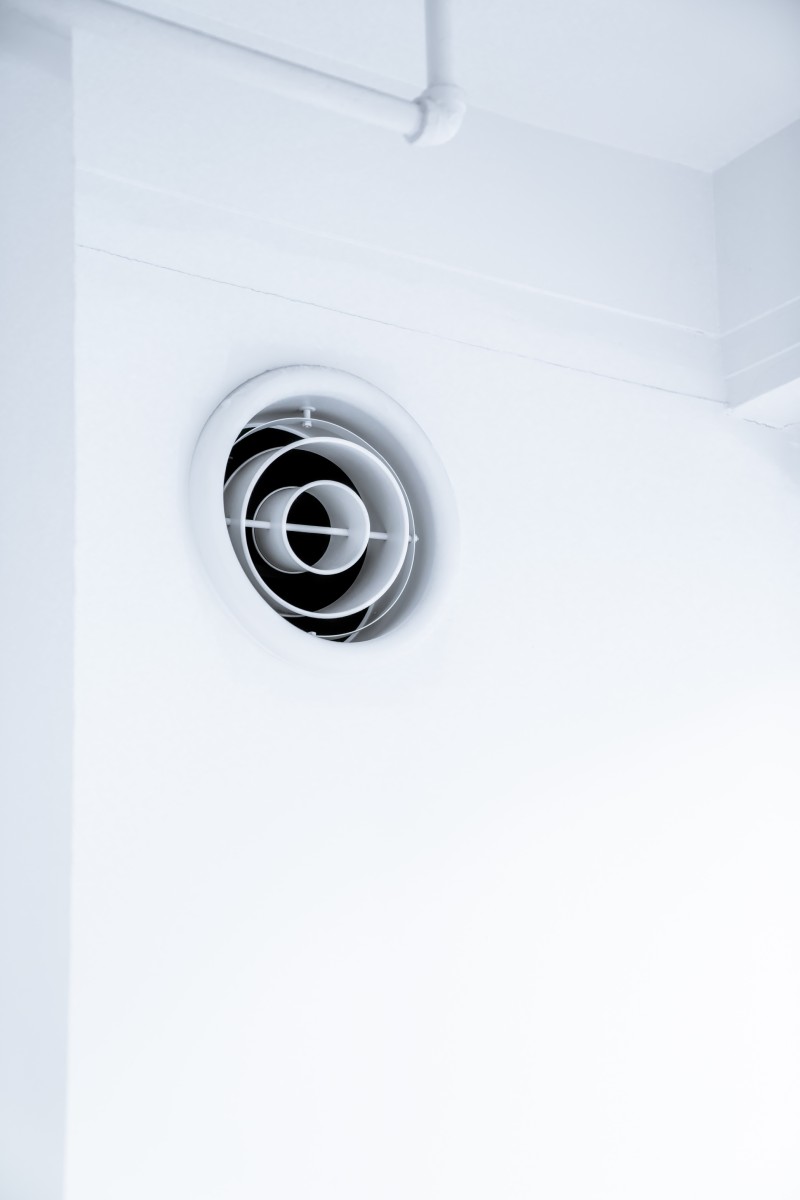
Introduction to Energy-Efficient Air Conditioning Systems
Energy-efficient air conditioning systems offer an eco-friendly approach to cooling homes. These systems utilize advanced technologies and design principles to provide optimal cooling performance while consuming less energy compared to conventional air conditioners. By minimizing energy waste and employing smart control features, they contribute to a more sustainable and cost-effective cooling solution.
Benefits of Evaporative Cooling and Geothermal Cooling
Evaporative cooling is a sustainable cooling method that uses the natural process of water evaporation to reduce indoor temperatures. This technique involves passing outdoor air through water-saturated pads or surfaces, which causes the water to evaporate and lowers the air temperature. Evaporative cooling systems are highly energy-efficient, as they consume significantly less electricity compared to traditional air conditioners. They are particularly effective in dry climates, where the cooling effect of evaporation is more pronounced.
Geothermal cooling harnesses the earth’s stable underground temperature to provide cooling for homes. By utilizing a geothermal heat pump system, heat can be extracted from the indoor air and transferred to the cooler ground or groundwater. Geothermal cooling systems are not only highly efficient but also environmentally friendly, as they eliminate the need for harmful refrigerants commonly used in traditional air conditioning units. Additionally, geothermal cooling can be integrated with heating systems, offering a year-round sustainable heating and cooling solution.
Exploring Natural Ventilation and Passive Cooling Techniques
Natural ventilation and passive cooling techniques utilize the principles of airflow and thermal regulation to cool homes without the need for mechanical systems. Natural ventilation involves strategically opening windows, using cross ventilation, and optimizing the building’s design to promote the flow of fresh air and remove heat. Passive cooling techniques, such as shading, insulation, and reflective surfaces, help minimize heat gain from the sun and maintain comfortable indoor temperatures.
By harnessing natural airflow and employing passive cooling strategies, homeowners can reduce their reliance on energy-intensive cooling systems and lower their carbon footprint. These techniques can be particularly effective in mild climates or during cooler periods, providing sustainable cooling options while maximizing energy savings.
Energy Conservation Practices
In this section, we will discuss energy conservation practices that can significantly enhance the efficiency and sustainability of heating and cooling systems in homes. By implementing these practices, homeowners can reduce energy consumption, lower utility bills, and minimize their environmental impact.
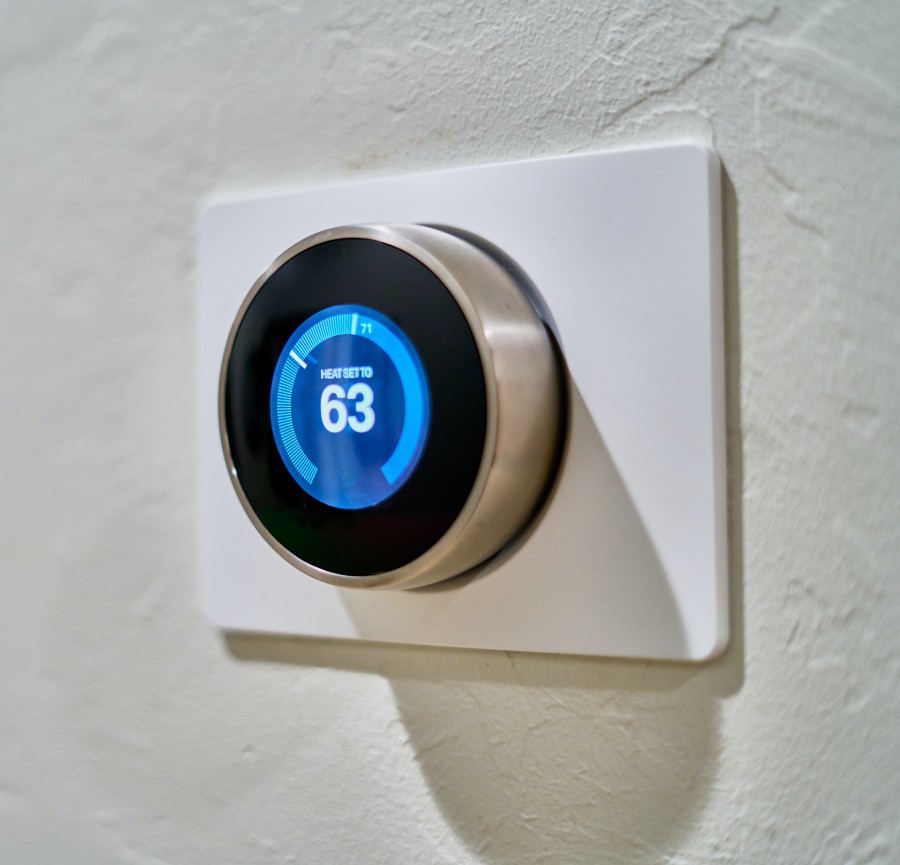
Tips for Optimizing Energy Usage in Heating and Cooling Systems
Optimizing energy usage is essential to ensure efficient operation of heating and cooling systems. Here are some practical tips to help you maximize energy efficiency:
-
Regular maintenance: Schedule regular maintenance for your heating and cooling equipment to ensure optimal performance and energy efficiency. Clean or replace filters as recommended by the manufacturer to promote airflow and prevent energy waste.
-
Proper thermostat settings: Set your thermostat to an energy-saving temperature. Lowering the temperature in winter and raising it in summer by a few degrees can result in significant energy savings. Consider using programmable thermostats to automatically adjust temperature settings based on your daily schedule.
-
Zone heating and cooling: Utilize zoning techniques to heat or cool specific areas of your home according to your needs. By only conditioning occupied areas, you can avoid wasting energy on unused spaces.
The Role of Insulation and Weatherization in Energy Efficiency
Proper insulation and weatherization are crucial factors in maintaining energy-efficient heating and cooling systems. Here’s why they matter:
-
Insulation: Well-insulated homes prevent heat transfer and minimize energy loss. Proper insulation in walls, attics, and floors helps maintain consistent indoor temperatures, reducing the workload on heating and cooling systems. Consider upgrading insulation materials or adding insulation to improve energy efficiency.
-
Weatherization: Weatherization involves sealing air leaks and improving the overall airtightness of your home. By reducing drafts and preventing air infiltration, you can prevent heat loss in winter and keep cool air inside during summer, reducing the need for excessive heating or cooling.
The Importance of Smart Thermostats and Programmable Controls
Smart thermostats and programmable controls offer advanced features that optimize energy usage and improve comfort. Here’s how they contribute to energy conservation:
-
Smart thermostats: Smart thermostats provide intuitive controls and advanced programming options. They learn your preferences, adjust temperature settings automatically, and can be controlled remotely via smartphone apps. These devices help optimize energy usage by adapting to your lifestyle, avoiding unnecessary heating or cooling when you’re away from home.
-
Programmable controls: Programmable controls allow you to set heating and cooling schedules based on your daily routine. You can program different temperature settings for different times of the day or week, ensuring energy is only consumed when needed. This level of control helps avoid wasteful energy usage and promotes efficient operation of heating and cooling systems.
Implementing these energy conservation practices can have a significant impact on reducing energy consumption and optimizing the performance of heating and cooling systems in your home. In the next section, we will explore additional sustainable solutions and emerging technologies that can further enhance the efficiency and eco-friendliness of your home’s heating and cooling systems.
Innovative Technologies
In this section, we will delve into innovative technologies that are revolutionizing the field of sustainable heating and cooling for homes. These cutting-edge solutions offer exciting opportunities to enhance energy efficiency, reduce environmental impact, and improve the overall comfort of living spaces.

Emerging Technologies in Sustainable Heating and Cooling
Advancements in technology are paving the way for more sustainable and efficient heating and cooling solutions. Here are some emerging technologies to keep an eye on:
-
Heat pumps: Heat pumps are gaining popularity as highly efficient alternatives to traditional heating and cooling systems. They work by extracting heat from the air, ground, or water sources and transferring it into the home during winter, and vice versa during summer. Heat pumps can achieve significant energy savings compared to conventional heating and cooling methods.
-
District heating and cooling: District heating and cooling systems utilize a centralized energy source to provide heating and cooling to multiple buildings or homes within a specific area. By sharing resources, such as geothermal or waste heat, these systems can optimize energy usage and reduce overall environmental impact.
Integration of Renewable Energy Sources with Heating and Cooling Systems
Integrating renewable energy sources with heating and cooling systems is a key strategy for achieving sustainable and eco-friendly solutions. Here are a few examples:
-
Solar thermal systems: Solar thermal systems harness the power of sunlight to generate heat for domestic water heating and space heating. These systems use solar collectors to capture solar energy and transfer it to the heating and cooling systems, reducing reliance on fossil fuels and lowering carbon emissions.
-
Geothermal systems: Geothermal systems utilize the constant temperature of the Earth to provide heating and cooling. They extract heat from the ground during winter and release it back during summer. Geothermal systems are highly efficient and can significantly reduce energy consumption and greenhouse gas emissions.
The Potential of Smart Home Automation for Energy Management
Smart home automation technology is revolutionizing the way we manage energy in our homes. By integrating heating and cooling systems with intelligent controls, homeowners can achieve optimal energy management and comfort. Here’s how it can make a difference:
-
Intelligent climate control: Smart home automation allows precise control over heating and cooling systems, enabling homeowners to set personalized schedules and temperature preferences. These systems can learn from user behavior and adjust settings automatically to maximize energy efficiency without compromising comfort.
-
Energy monitoring and optimization: Smart home automation platforms provide real-time energy monitoring, allowing homeowners to track their energy consumption and identify areas for improvement. They can analyze data, identify patterns, and provide actionable insights to optimize energy usage and reduce energy waste.
Embracing these innovative technologies opens up exciting possibilities for sustainable heating and cooling in homes. By incorporating renewable energy sources, leveraging advanced heating and cooling technologies, and harnessing the power of smart home automation, we can create more energy-efficient, comfortable, and environmentally friendly living spaces. In the final section, we will conclude our exploration by summarizing the key takeaways and encouraging readers to embrace sustainable heating and cooling solutions for a greener future.
Financial Incentives and Rebates
In this section, we will explore the financial incentives and rebates available for homeowners who choose to invest in sustainable heating and cooling solutions. These incentives not only help offset the initial costs of implementing these systems but also make them more accessible and affordable for a wider range of homeowners.

Available Incentives and Rebates for Sustainable Heating and Cooling Systems
Many governments, utility companies, and organizations offer various incentives and rebates to promote the adoption of sustainable heating and cooling systems. Here are some common examples:
-
Government programs: Governments often provide financial incentives and tax credits to encourage homeowners to switch to energy-efficient solutions. These incentives can include grants, rebates, or low-interest loans specifically designed to support sustainable heating and cooling upgrades.
-
Utility company incentives: Utility companies may offer incentives, such as rebates or discounted energy rates, to homeowners who install energy-efficient heating and cooling systems. These incentives aim to reduce energy demand, lower peak loads, and promote sustainable practices.
Financing Options for Energy-Efficient Upgrades
Financing options can help homeowners overcome the upfront costs associated with sustainable heating and cooling upgrades. Here are some financing options to consider:
-
Energy efficiency loans: Many financial institutions offer specialized loans with favorable terms for energy-efficient home upgrades. These loans typically have lower interest rates and longer repayment periods, making them an attractive option for financing sustainable heating and cooling projects.
-
Property-assessed clean energy (PACE) financing: PACE financing allows homeowners to finance energy-efficient improvements through an assessment on their property taxes. The loan is repaid over time, typically through annual property tax bills. PACE financing eliminates the need for upfront payments and may transfer to the new owner if the property is sold.
The Long-Term Cost Savings of Sustainable Solutions
While sustainable heating and cooling solutions may require an initial investment, they offer significant long-term cost savings. Here’s why:
-
Reduced energy bills: Sustainable heating and cooling systems are designed to be highly efficient, resulting in lower energy consumption and reduced utility bills. Over time, the energy savings can offset the initial investment, leading to substantial cost savings.
-
Increased home value: Sustainable upgrades can enhance the value of your home. Buyers are increasingly interested in energy-efficient features, and homes equipped with sustainable heating and cooling systems tend to have higher resale value.
-
Lower maintenance and repair costs: Sustainable systems are often built to be durable and require less maintenance compared to traditional heating and cooling systems. This can lead to additional cost savings over the system’s lifespan.
By taking advantage of available incentives, exploring financing options, and considering the long-term cost savings, homeowners can make sustainable heating and cooling solutions more financially viable. In the final section, we will conclude our exploration by summarizing the key points covered in this article and encouraging readers to embrace sustainable solutions for their homes.
Case Studies
In this section, we will showcase real-life examples of homes that have successfully implemented sustainable heating and cooling solutions. These case studies provide valuable insights into the benefits, challenges, and lessons learned from incorporating these systems into residential settings.
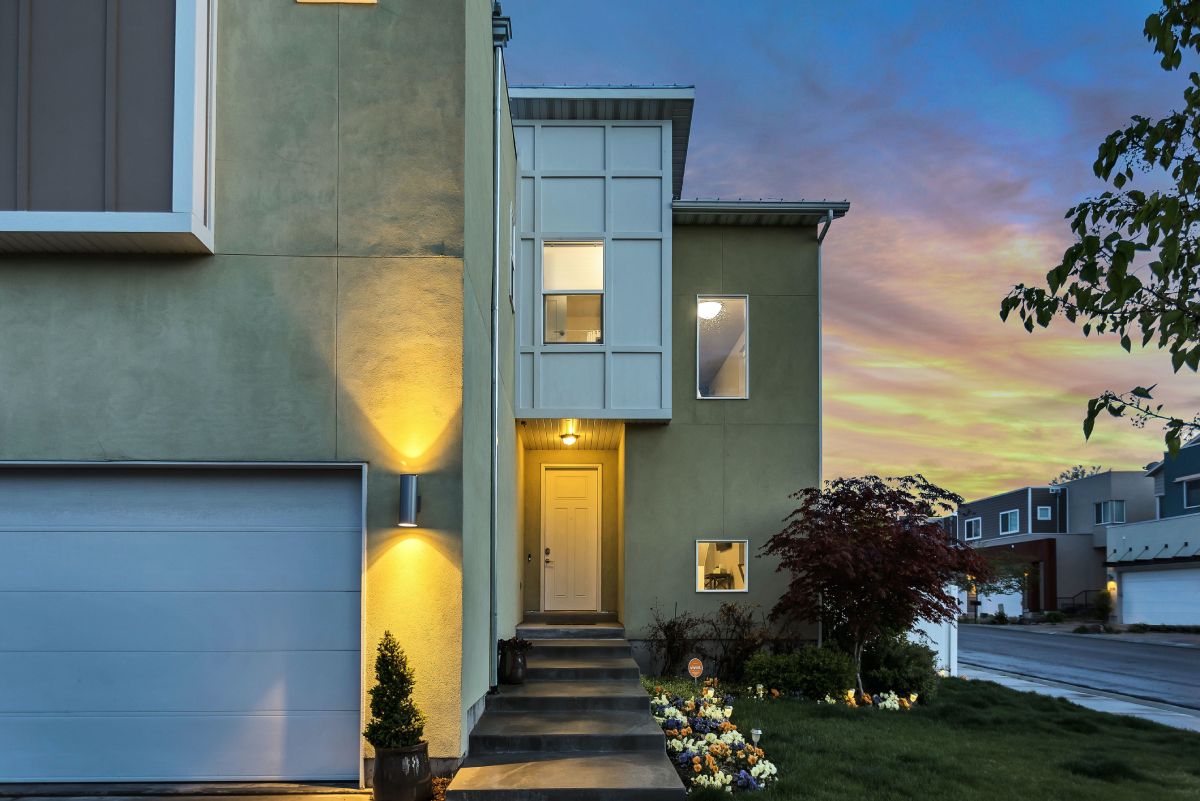
Real-Life Examples of Homes with Sustainable Heating and Cooling Solutions
The Johnson Residence - The Johnson family transformed their home by installing a geothermal heating and cooling system. By harnessing the stable temperature of the Earth, they now enjoy comfortable indoor conditions year-round while significantly reducing their energy consumption and carbon footprint.
The Rodriguez Villa - The Rodriguez family opted for a solar heating system combined with energy-efficient air conditioning to power their home. This solution not only provides them with clean and renewable energy but also allows them to take advantage of net metering, selling excess electricity back to the grid.
Benefits and Challenges of Implementing Sustainable Systems
While these case studies demonstrate the positive outcomes of sustainable heating and cooling solutions, it is important to acknowledge the associated benefits and challenges:
Benefits:
- Reduced energy costs: Homeowners experienced substantial savings on their energy bills, with some achieving a near-zero net energy consumption.
- Increased comfort: Sustainable systems provided consistent and comfortable indoor temperatures throughout the year, enhancing the overall living experience.
- Environmental impact: These solutions significantly reduced greenhouse gas emissions and contributed to a more sustainable and greener future.
Challenges:
- Upfront costs: The initial investment required for sustainable systems can be a barrier for some homeowners, although incentives and financing options help mitigate this challenge.
- System complexity: Implementing and maintaining sustainable heating and cooling systems may require specialized knowledge and professional assistance, especially for geothermal or solar installations.
- Retrofitting limitations: Retrofitting existing homes with sustainable systems may present challenges due to space constraints or structural considerations.
Success Stories and Lessons Learned
The case studies revealed some valuable success stories and lessons learned from homeowners who embarked on the sustainable heating and cooling journey:
Success stories: - Increased home value: The homes with sustainable systems experienced a boost in market value, attracting environmentally conscious buyers and setting a positive example for the community. - Health benefits: Sustainable systems improved indoor air quality, reducing allergies and respiratory issues for occupants.
Lessons learned: - Planning and research: Proper planning, including thorough assessments of the property and energy needs, is crucial to identify the most suitable sustainable heating and cooling solutions. - Expert guidance: Seeking guidance from professionals and consulting with experienced installers ensures optimal system design, installation, and long-term performance.
These case studies demonstrate that sustainable heating and cooling solutions are both feasible and beneficial for homeowners. By learning from these examples, individuals can gain valuable insights and inspiration for implementing sustainable systems in their own homes.
Conclusion
In this article, we have explored the significance of sustainable heating and cooling solutions for homes and their impact on the environment. By prioritizing eco-friendly alternatives, we can contribute to a greener and more energy-efficient future in residential spaces.

Sustainable heating and cooling solutions offer numerous benefits that go beyond personal comfort. By reducing our reliance on traditional heating and cooling methods, we can mitigate the environmental impact associated with carbon emissions and energy consumption. Embracing sustainable systems enables us to create healthier living spaces while actively addressing climate change.
As homeowners, we have the power to make a positive difference by adopting eco-friendly heating and cooling solutions. From renewable energy-based systems such as solar heating and geothermal cooling to energy-efficient air conditioning and passive cooling techniques, there are a variety of options available. By exploring these alternatives and understanding their benefits, we can take steps towards a more sustainable lifestyle.
Now is the time to take action. By implementing sustainable heating and cooling solutions in our homes, we can lead by example and inspire others to do the same. It’s not just about individual efforts; it’s about collectively creating a more sustainable future for ourselves and future generations. Let’s embrace the opportunity to reduce our carbon footprint, conserve energy, and create comfortable living spaces that align with our values.
In conclusion, sustainable heating and cooling solutions offer a pathway to a greener, more energy-efficient, and environmentally conscious lifestyle. By prioritizing these eco-friendly alternatives, we can contribute to a sustainable future while enjoying the benefits of comfortable and efficient residential spaces. Let’s take the first step towards change and make a positive impact on our planet and our communities.

